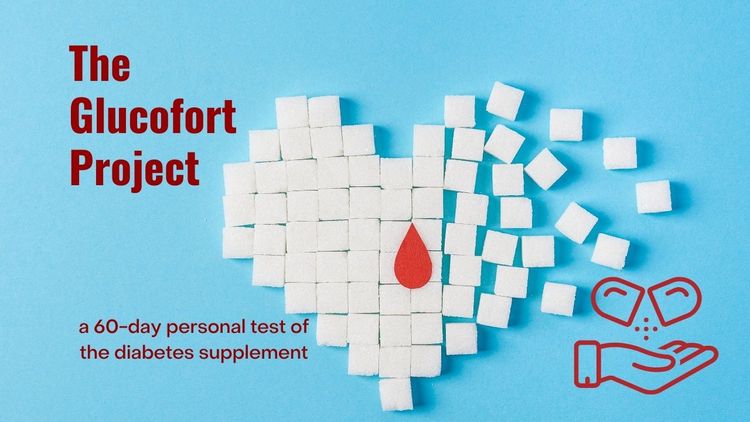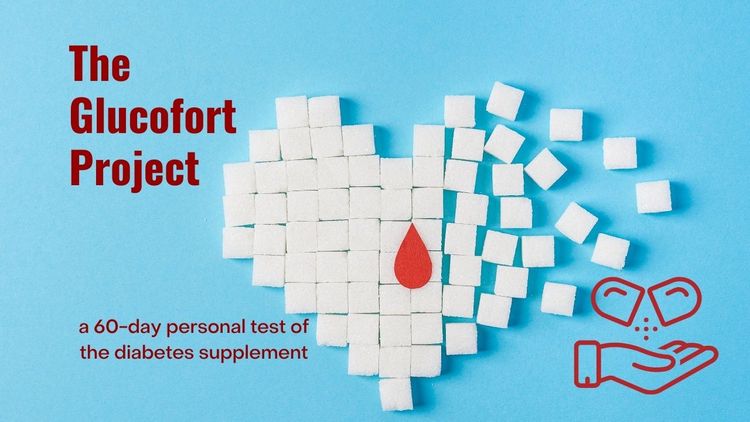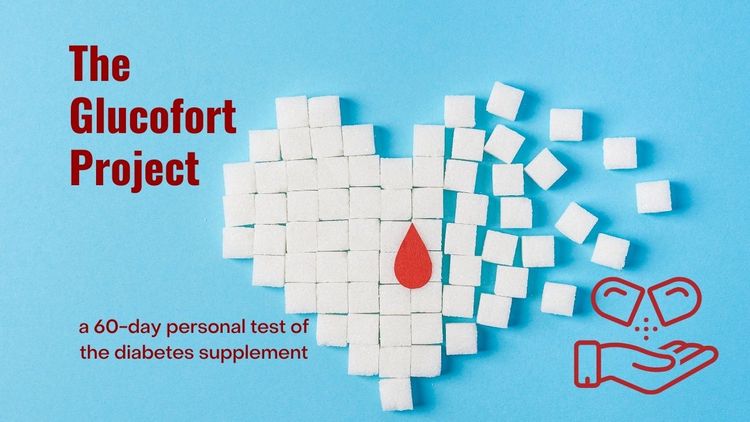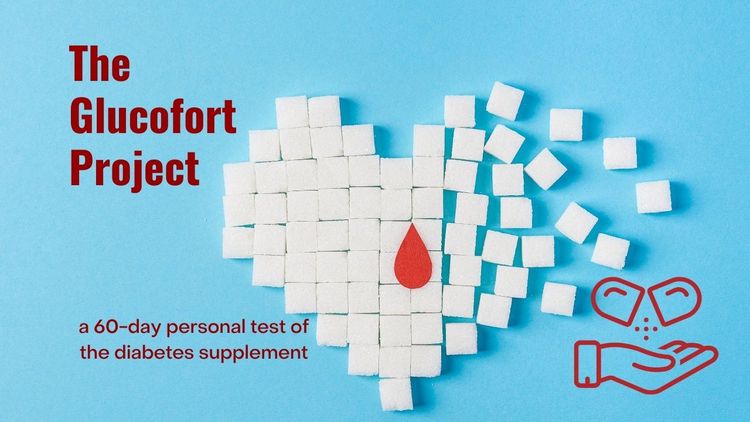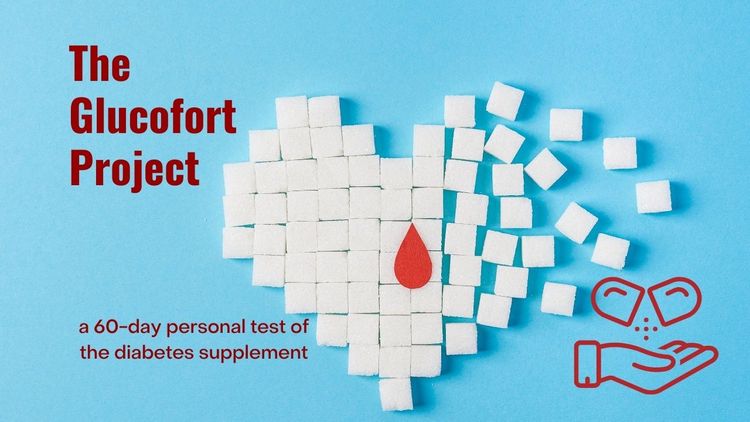Day 2 - Banana For Your Thoughts?
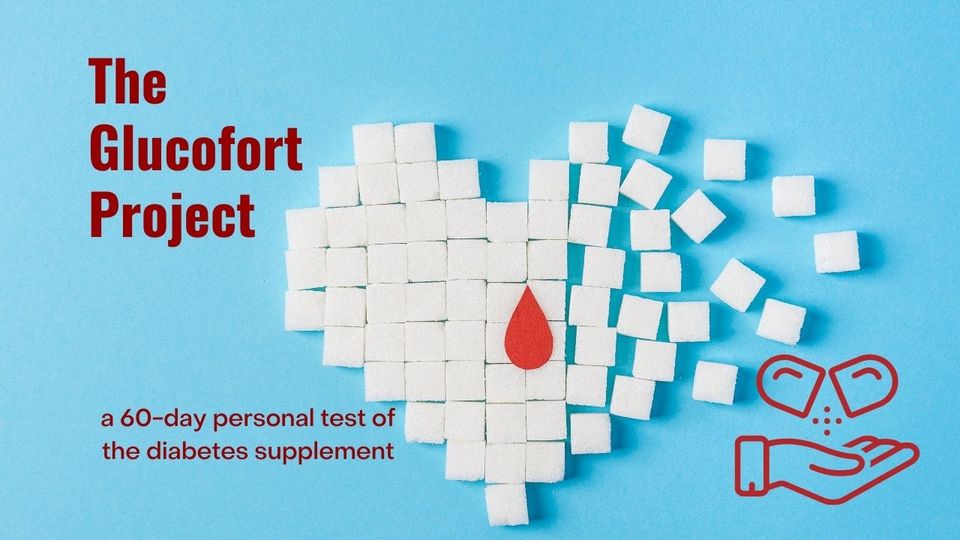
Not that it says anything useful, but I stayed below 400 for the past 24 hours.
I don’t want to attribute it to the Glucofort just yet directly, but this is a good start, anyway. I think part of this is paying attention to when I am eating and drinking and what the items are. If I try to stay on the forward end of the time, I know I’m tweaking the numbers, but that has me eating from 1 PM – 9 PM. I’ve changed my habits to where my nightly whiskey (sometimes I don’t even do that) is around 1 AM – 3 AM. If I’m lucky, I am in bed by 5 AM.
Perhaps I should clarify that I work a swing/night shift. Here were the daily counts on July 18, 2021:
Midnight: 313
Noon: 376
Average: 344.5
I was getting ready to take my pill after the blood glucose test when my wife said, “You have a typo here.” Typos irritate the piss out of me. She was referring to yesterday’s post. Neither of us had ever heard of banaba leaf. Dammit. All this over a banana.
Wrong.
I told her that I got the ingredient list direct from the company, so it was their spell-checker at fault. But my gut was bugging me, and any of my dear readers who have been following me for a long time know I always have a mantra I preach: Trust your gut.
So, I did what any fine scientific researcher would do. I googled it. There is an actual Banaba Leaf.
Lagerstroemia, also known as Banaba, is a plant whose leaves have been used for anti-diabetic purposes. It contains a variety of molecules such as corosolic acid which may confer benefit to glucose control.
Examine.com
If there’s an article to start off with, it’s the one from Examine. It provides information about this botanical agent that is concise and makes total sense. In fact, if you have diabetes in America, you might be pissed off that your doctor never told you about this and gave you a prescription bill of another kind instead.
Banaba comes from the Philippines and Southeast Asia. This explains to me why the Tibetan monk in the story knew about it. Let’s talk about the Tibetan monk story for a moment.
It’s a real thing. I called bullshit on it when I first heard it. I was wrong.
The initial article I pulled up was from 2001, twenty years ago. The real kicker was that this article was produced by the ADA1 American Diabetes Association, which clarifies that this is a method available to Western medicine. To claim et ceteris paribus2 or, “all things being equal”, the test appeared to be performed earlier than that by several years, and the testing institution desired further testing because the subjects ran off into the wild after the experimental track completed.
Perhaps Western medicine had issues with anything coming from an institution called The Tibetan Medical and Astrological Institute. The joke is on the West. The tests show a reduction in blood glucose, even if the highest level tested was in the 200 range.
Ten years later, blogger David Spero would reference this study in Diabetes Self-Management more clearly and profoundly while discussing his interactions with a Tibetan doctor in California on a different condition.
The reasons for this 10% level of Type II affliction that you will see noted are relative to the sedentary nature of the monk lifestyle, which many of us that have a desk job can swiftly relate.
So now we have a piece of this story verified. There are Tibetan monks with Type II. A remedy or aid that is herbal in origin exists.
Shall we return to the botany lesson on Banaba leaf?
This specific component of the compound works by inhibiting the digestion and absorption of carbohydrates and then working with how they are absorbed by the blood cells in the bloodstream, thus aiding in lowering the blood sugar count. I’m hoping I’ve understood that right.
Banaba is also known as crepe myrtle3Lagerstroemia, commonly known as crape myrtle, is a genus of around 50 species of deciduous and evergreen trees and shrubs native to the Indian subcontinent, southeast Asia, northern Australia, and other parts of Oceania, cultivated in warmer climates around the world. It is a member of the family Lythraceae, which is also known as the loosestrife family. The genus is named after Swedish merchant Magnus von Lagerström, a director of the Swedish East India Company, who supplied Carl Linnaeus with plants he collected. These flowering trees are beautifully colored and are often planted both privately and commercially as ornamentals. and contains Xanthine Oxidase Inhibitors4A xanthine oxidase inhibitor is any substance that inhibits the activity of xanthine oxidase, an enzyme involved in purine metabolism. In humans, inhibition of xanthine oxidase reduces the production of uric acid, and several medications that inhibit xanthine oxidase are indicated for treatment of hyperuricemia and related medical conditions. Xanthine oxidase inhibitors are being investigated for management of reperfusion injury. that not only aid in gout but are also accelerated by using caffeine.
Apparently, my cup of coffee is now a good thing. Without the bananas.

